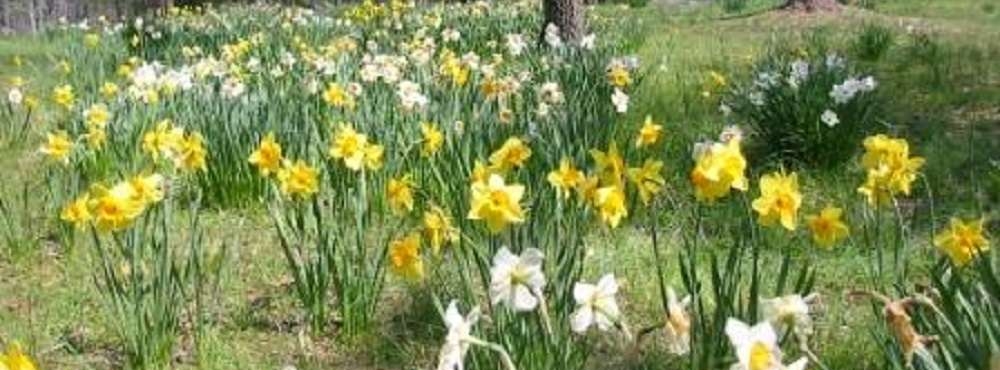The North Carolina Botanical Gardens sponsored a second trip to Scotland’s Hebrides June 6-22, 1988, with the same leaders as 1987: Ken Moore from the Gardens, Mary Howes from Circle Travel, Scottish naturalist Jonathan Williams, and our geologist bus driver Tim Sumner. There were 21 of us, about half had been on the 1987 trip.
Skye
We arrived at Prestwick Airport Tuesday, June 7, early in the morning and drove via Glasgow, Loch Lomond, and Glen Coe to Fort William, where we boarded a train for a beautiful trip to Mallaig and a ferry to Skye. We stayed in the Cuillin Hills Hotel, Portree.

Black Cuillins.
We spent a few hours Wednesday morning at Kilt Rock Falls, crawling around the ground examining little wild flowers – an unbelievable variety in one little spot.

Postcard
Thursday morning we visited Raasay House and then hiked to the top of Dun Caan, which is flat. The view of the ocean was spectacular with beautiful blue water – one of my favorite places in the Scottish Isles.

Raasay House

Reservoir about half way up.

View west from the top of Dun Caan, looking over the resevoir we had passed. Isle of Skye in the distance.

From Dun Caan toward Scalpay.

Toward Scalpay

Toward Skye
Friday we visited some of Skye’s attractions including the Talisker distillery and Dunvegan Castle, with its gardens and seals, and Saturday morning we left for the Harris Hotel, Tarbert, Isle of Harris.

Dunvegan Castle
Harris and Lewis
Harris and Lewis were my least favorite isles. It could have been the weather, but I found them rather bleak and drab. On the other hand, the ocean and beaches were especially beautiful.


One of the highlights of Harris was a visit to an old, Harris tweed weaver, Marion Campbell, in a very old, small, dark building. Shannon did take a couple of pictures of her weaving but they were too dark. I found this video of her on YouTube. We bought some fabric that Shannon liked, but I didn’t much care for the colors and never made anything out of it.
Sunday we explored South Harris and studied its geology and wildflowers, Monday a chartered boat ferried us to off-shore islands for great bird watching, then we boarded the bus for a trip north to our next hotel, the Cabarfeidh Hotel, Stornoway, Isle of Lewis.
Tuesday we visited the Carloway Broch, probably built around the 1st century, and Callanish standing stones, thought to be from the period 4000-2500 BC. The age of these relics made quite an impression on me, prompting me to go on the 1989 trip to the Orkneys and Shetlands.

Postcard

Looking up stairway from passageway between walls of Doune Carloway.

Postcard

We also visited the Gearrannan Blackhouse Village. Blackhouses still fascinate me with their turf roofs and think walls. As I remember, they were built on a slope next to the sea. People lived in the higher end, livestock in the lower end and down the slope toward the sea, which simplified cleaning. The animals and dung provided heat in the well insulated houses.

The Summer Isles
Wednesday we left for The Summer Isles Hotel by way of Ullapool and Achiltibuie. The Summer Isles Hotel was a treasure! Wonderful food. Run by a very friendly couple. We loved it there. The itinerary says we spent Thursday at Achiltibuie Garden and the next day at Inverpolly Nature Reserve, but I don’t remember either of them. One of the days, Shannon and I did not go with the group, opting instead to take a very long walk, I think Walk 1, 9.5 miles. We didn’t quite finish the walk – the owner came by and gave up a ride the last little bit.

Summer Isles Hotel
Edinburgh
The last four nights, we stayed at The Royal Terrace Hotel in Edinburgh and visited more well known spots including Edinburgh Botanic Gardens, Glascow International Garden Festival, Glasgow Botanic Gardens glass houses, and Edinburgh Castle. We also took a little excursion out to see Little Sparta, an unusual garden of art. Little Sparta is in rural countryside. I have memories of our bus pulled off a back road while Tim served us “tea,” and imagining what locals might have thought if they had happened by.
